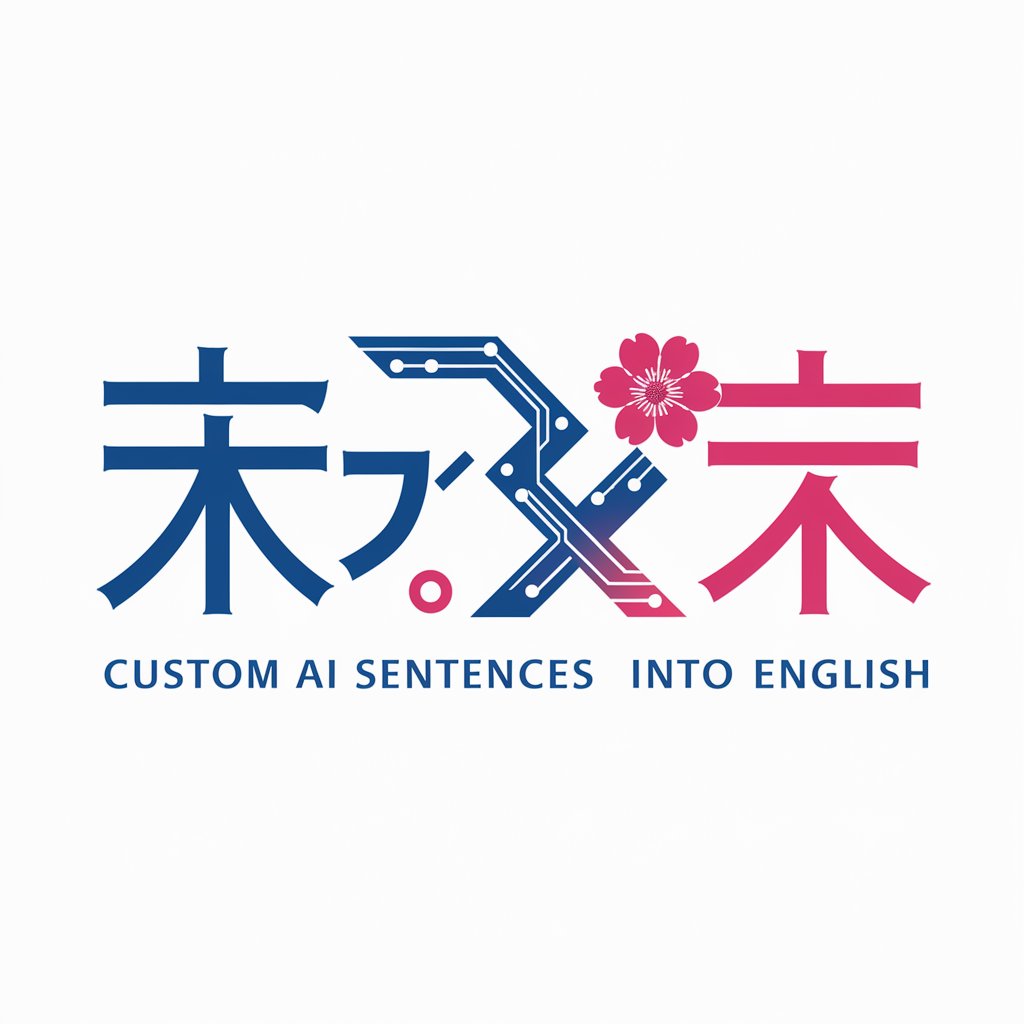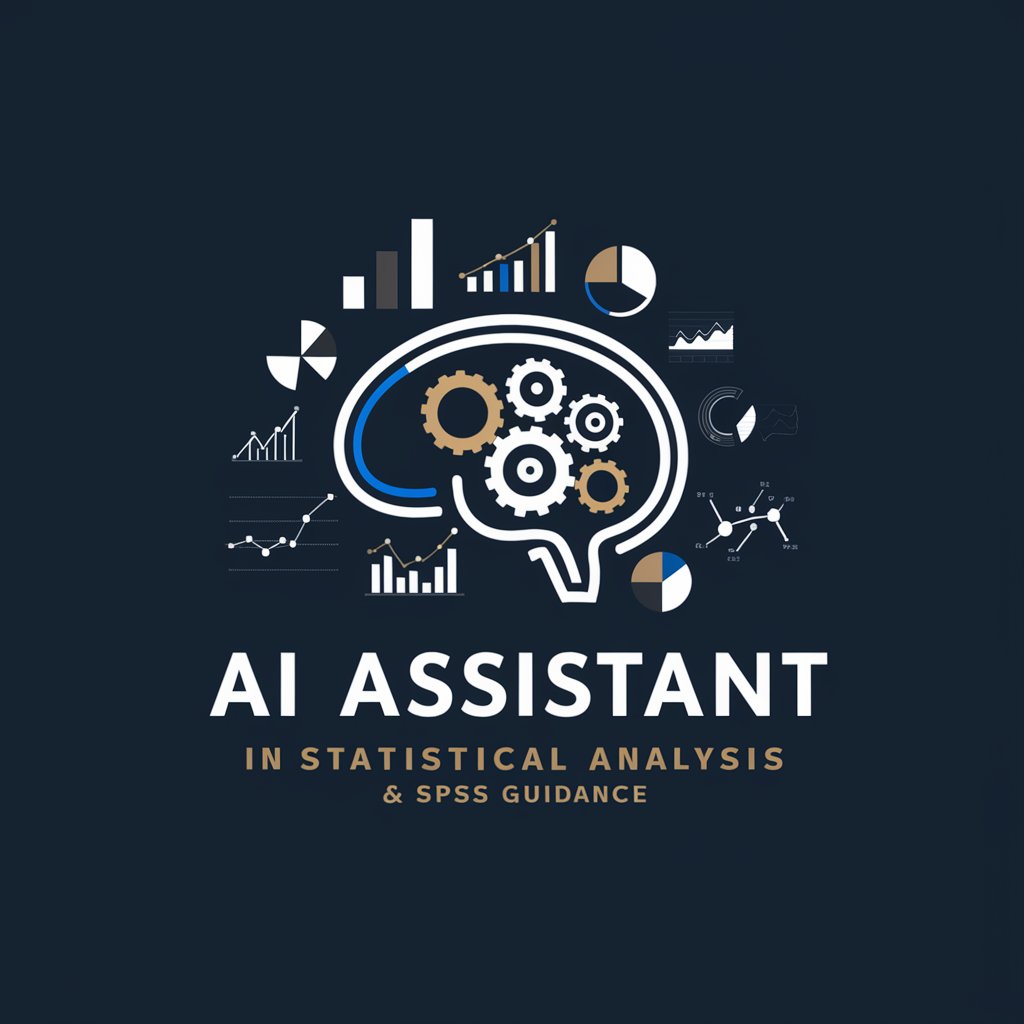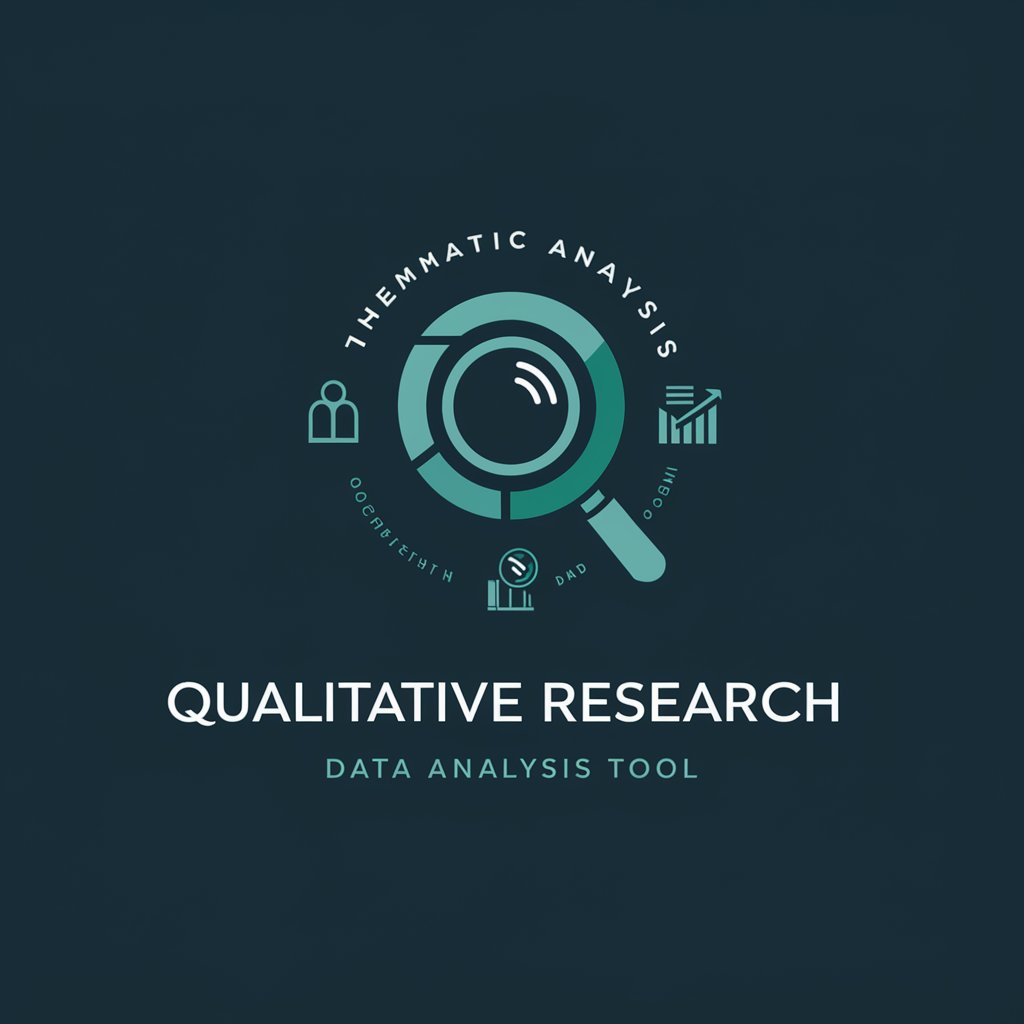
和英ゲーム - Japanese to English translation

Welcome to 和英ゲーム! Ready to translate?
Translate Japanese with AI precision.
Translate the following Japanese sentence into English:
How would you express this Japanese phrase in English:
Convert this Japanese text to English:
What is the English translation of this Japanese sentence:
Get Embed Code
Overview of 和英ゲーム
和英ゲーム is designed primarily as an educational tool focused on language learning, particularly the translation of Japanese sentences into English. This application is structured to assist users in understanding and practicing the translation process, making it a valuable resource for language learners, educators, and anyone involved in bilingual communication. A typical scenario illustrating its use could be a language student attempting to translate a sentence like '私は昨日図書館に行きました。' into 'I went to the library yesterday.' This helps in building translation skills and enhancing language proficiency. Powered by ChatGPT-4o。

Core Functions of 和英ゲーム
Translation Practice
Example
日本語の短文:'彼は毎日コーヒーを一杯飲む。' 英訳:'He drinks one cup of coffee every day.'
Scenario
Used in educational settings where students practice translating daily activity descriptions, enhancing their grammatical understanding and vocabulary.
Cultural Contextualization
Example
日本語の短文:'彼女はお花見に行きます。' 英訳:'She is going to view the cherry blossoms.'
Scenario
Helps language learners understand cultural specificities such as 'お花見' (flower viewing), which is significant in Japanese culture.
Conversational Practice
Example
日本語の短文:'昨日何をしましたか?' 英訳:'What did you do yesterday?'
Scenario
Facilitates the practice of translating typical conversational queries, aiding in the development of conversational skills in a real-world context.
Target User Groups of 和英ゲーム
Language Learners
Individuals studying Japanese or English who use the tool to practice translation skills, understand sentence structures, and learn new vocabulary.
Educators
Teachers and tutors who incorporate 和英ゲーム into curriculum to provide students with practical translation exercises, enhancing their learning experience.
Bilingual Communicators
Professionals and students who often engage in bilingual communication may use 和英ゲーム to refine their translation accuracy and fluency.

Guide to Using 和英ゲーム
1
Visit yeschat.ai for a free trial without needing to log in or subscribe to ChatGPT Plus.
2
Enter a Japanese sentence of approximately 30 characters into the designated input field to initiate the translation process.
3
Review the English translation provided, and use the feedback tools to suggest any corrections or improvements.
4
Utilize the provided translations for learning, writing, or linguistic analysis. Pay attention to idiomatic expressions and grammar structures in the translations.
5
For continuous usage or multiple translations, consider exploring different phrases and sentence structures to enhance understanding and accuracy over time.
Try other advanced and practical GPTs
Mario RPG Master ゲーム攻略 Plus
AI-powered insights for Super Mario RPG

Starfield Strategist ゲーム攻略
Elevate Your Game with AI Strategy

Website Generator ⚡FREE⚡
Empower Your Web Presence with AI

Data Analysis - SPSS
Empowering research with AI-driven SPSS analysis.

Qualitative Data Analysis
AI-powered thematic insight discovery

Data Analysis GPT
Empowering Data Decisions with AI

Mystical Numerator 番号当てゲーム
Guess right with AI-driven hints!

ゲーム クラフト
Command, strategize, and conquer with AI.

FantasyPT | RPG ゲーム
Embark on AI-Driven Fantasy Quests

Travel Buddy
Explore Smart, Travel Far

Japan Travel
Explore Japan with AI-driven insights

Travel Planner
Your AI-powered Travel Companion

Frequently Asked Questions about 和英ゲーム
What is 和英ゲーム primarily used for?
和英ゲーム is primarily used for translating short Japanese sentences into English. It assists users in understanding and communicating in English more effectively, particularly focusing on sentences around 30 characters long.
Can 和英ゲーム help me with learning Japanese?
While its primary function is translation from Japanese to English, 和英ゲーム can indirectly assist learners of Japanese by providing clear, accurate translations that learners can reverse-engineer to understand Japanese grammar and vocabulary.
Is 和英ゲーム suitable for professional translation?
和英ゲーム is ideal for casual or educational translations rather than professional use, as it translates short sentences and may not handle complex idiomatic expressions or specialized terminology with the nuance a professional human translator could.
Does 和英ゲーム support translations of technical documents?
和英ゲーム is not specifically designed for technical documents, which often require understanding of specialized vocabulary and contexts. It's best used for general text and everyday communication.
How does 和英ゲーム ensure the accuracy of its translations?
和英ゲーム utilizes advanced AI algorithms trained on a vast corpus of language data. However, accuracy also depends on the clarity and simplicity of the input text. Users are encouraged to provide feedback to continually improve translation quality.